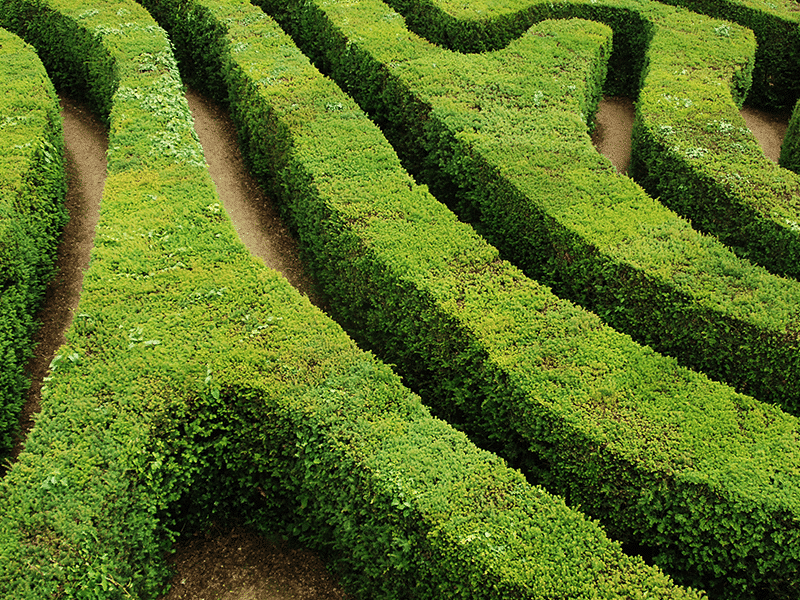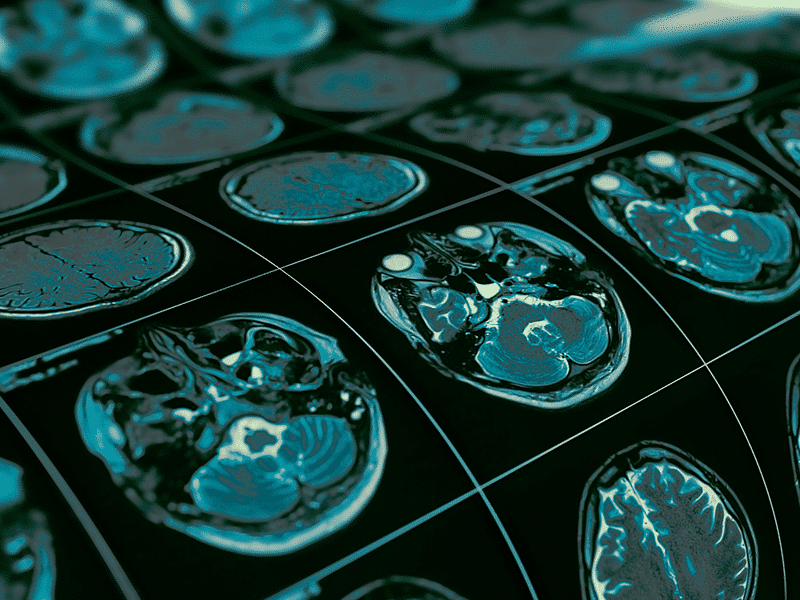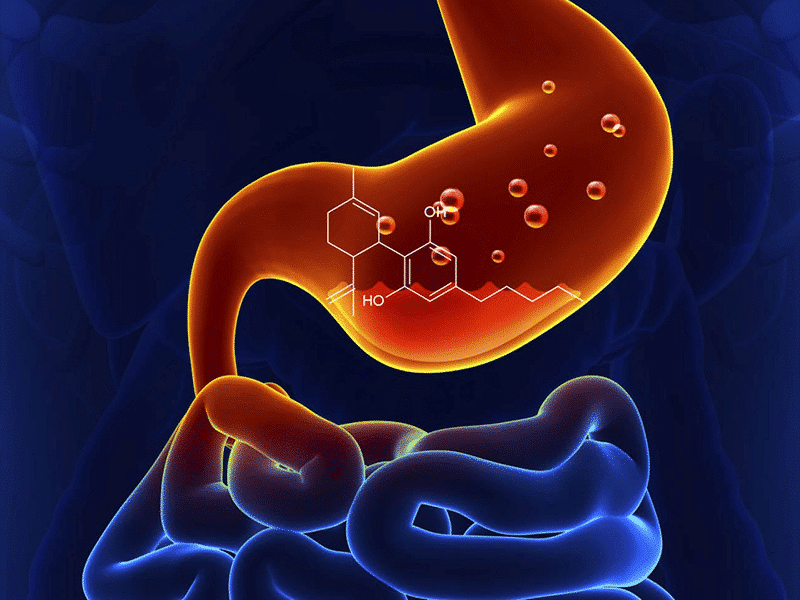Cannabis delivers an expansive, spacious high. For many, cannabis heightens sensory experience. It makes music more rich, food more tasty, colors more vivid, touch more sensual, sex more erotic. It also amplifies sensation and thus provides extra dimension to yoga practice. In some people cannabis stimulates creativity. In many, it provokes laughter.

The 1894 Indian Hemp Drugs Commission Report rather delightfully describes the effects of cannabis this way: “Bhang … makes the tongue of the lisper plain, freshens the intellect, and gives alertness to the body and gaiety to the mind. Such are the useful and needful ends for which the Almighty made bhang … Bhang is a cordial, a bile absorber, an appetizer, a prolonger of life. Bhang quickens fancy, deepens thought and braces judgement… . Bhang is the Joy-giver, the Sky-flier, the Heavenly guide, the poor man’s Heaven, the soother of grief.”
The enlivening, expansive, joy-producing effects of cannabis result from high-quality material employed judiciously. Consumed thoughtfully and in happy circumstances, cannabis increases pleasure and overall joie de vivre. Yet cannabis is so much more than a pleasure agent, as it also imparts a myriad of health benefits, with more benefits discovered every week. Cannabis provides relief for nausea, glaucoma, seizures, anxiety, depression, neurodegenerative disorders, and many more human health troubles. It is one of the great plant medicines, safe and versatile.
Cannabis produces its satisfying and euphoric effects thanks to THC, or Delta 9-tetrahydrocannabinol, which is found in the resin glands produced on cannabis flowers and leaves of the female plant. Identified in 1964 by Dr. Raphael Mechoulam and his colleagues at Israel’s Weizmann Institute of Science, this compound is a member of a group of compounds known as the cannabinoids. Of these, over 110 are currently known. But it is mostly the THC content of cannabis alone that determines the potency of the material.
THC and its broadly beneficial companion compound CBD, which is not psychoactive, occur in the greatest and second-greatest concentrations, respectively, of all the cannabinoids. In addition, more than 120 aromatic terpenes are produced on cannabis flowers and sugar leaves. These impart specific aromas to various cultivars of cannabis, including citrus and berry scents and skunky and woody ones. The terpenes also possess mood-modifying properties, enhancing alertness in some cases and plowing you into the couch in others. The many aromas of cannabis, from melon fragrances to berry, are all due to the varieties of aromatic terpenes.
Among the main terpenes in cannabis are myrcene, limonene, linalool, caryophyllene, alpha-pinene and beta-pinene, alpha-bisabolol, trans-nerolidol, humulene, delta-3-carene, camphene, borneol, terpineol, valencene, and geraniol. All of these compounds, the cannabinoids and the terpenes, occur on cannabis buds as hair-like crystals known as trichomes, similar in shape to tiny translucent mushrooms. It is this resinous material that, when vaporized, smoked, drunk, eaten, or otherwise consumed, delivers mind expansion.
Chris Kilham is a medicine hunter, educator, and author of 15 books, including, most recently, The Lotus and the Bud. He lives and works in Massachusetts.May not be reproduced without permission from the source.
Recommended Readings
The Case of the Missing THC
Many CBD products contain no tetrahydrocannabinol. Where is all the THC going after it’s extracted from hemp?
CBD & THC Synergize in Epilepsy
Cannabinoids, particularly CBD, have taken the limelight with their dramatic life-saving effects in some cases of intractable epilepsy.
Gut Check: Does CBD Change to THC in the Stomach?
Project CBD exposes fraud and financial interests behind misleading report.




